Nestled in the heart of Lebanon, the Shouf region boasts a plethora of landmarks that together tell the story of a rich heritage. With USAID’s Trade and Investment Facilitation (TIF) project working on raising the profile of the district and helping it improve its tourism offering, we reveal some of Shouf’s epic landmarks that every visitor should see.
 Beiteddine Palace
Beiteddine Palace
Beiteddine Palace is an architectural jewel. Built over a period of 30 years by Emir Bashir Shihab II, who was the ruler of the region at the time, the 18th-century icon is a triumph in Lebanese architecture. The palace was originally built as a private residence for the emir and his family. However, it was extended and converted into a palace that served as the seat of government for the Shihab dynasty.
Another notable feature of the palace is its museum, which houses a collection of artifacts and exhibits that showcase the history and culture of the region.
Nowadays, the palace attracts thousands of visitors, many of whom come for the annual summer festival that is held in its magnificent courtyard.
Mir Amin Palace
One of the most stunning places to visit in Shouf is the Mir Amin Palace in Beiteddine. Converted into a hotel in 1965, it features a vast courtyard, a beautiful fountain, a grand hall with intricate decorations and guest rooms. The palace’s spectacular gardens cover 30,000 square meters.
Emir Fakhreddine Maan Mosque
Located in the heart of Deir Al Qamar’s iconic square, the Emir Fakhreddine Maan mosque is a well-known landmark of the Shouf. It was built in the early 17th century and showcases a blend of Ottoman and local architectural styles, with intricate geometric designs.
Younes Maan Palace
Designated a national monument by the Lebanese government, the 400-year-old Younes Maan Palace has undergone significant restoration over the years. Works have been carried out with great care to preserve the original features of the palace, including its stonework, woodcarving and decorative elements.
Fakhreddine Palace
Built in the early 17th century during the reign of Fakhreddine II, Fakhreddine Palace it is a prime example of traditional Lebanese architecture, with a mix of Ottoman, Mamluk and European influences. It served as Fakhreddine II’s residence and administrative center, and has served as a royal residence, government building, school and cultural center. After years of meticulous work to restore the palace to its former glory, it is now open to the public as a museum and cultural center, hosting events that celebrate Lebanon’s rich history and cultural heritage.
Youssef Chehab Serail
The Youssef Chehab Serail is a magnificent 19th-century palace that was built by Sheikh Youssef Chehab, the governor of the region at the time. It was constructed with great attention to detail and the finest materials. A prime example of traditional Lebanese architecture, the majestic landmark and its gardens offer visitors an opportunity to step back in time and experience the beauty and grandeur of a bygone era. As a testament to Lebanon’s rich history and culture, the Youssef Chehab Serail is a must-see destination for anyone visiting the Shouf.
Saidet At-Tallé Church
The Church of Saidet At-Tallé, also known as Our Lady of the Hill, is located in Tel al-Qamar. Constructed on the ruins of an ancient Phoenician temple, which was dedicated to the goddess Astarte, it was destroyed twice before being rebuilt a third time during the reign of Fakhreddine I. The site features a high tower, beautiful interior arches and religious paintings.
 Moussa Castle
Moussa Castle
On the road leading from Deir El Qamar to Beiteddine is Moussa Castle, a popular tourist attraction. Moussa Abdel Karim Al Maamari was inspired to build to castle at the age of 14. He gained experience restoring and renovating castles and, in 1962, began work on his own masterpiece. Although Moussa passed away a few years ago, his creative genius can still be enjoyed today, as the castle is open to the public.
Hamadeh Palace
The birthplace of Fakhreddine II, the Hamadeh Palace is nestled in the picturesque village of Baakline. With a 400-year history, the palace boasts a mix of architectural styles from the Ottoman era. Its unique features include a sea-blue room with portraits of the Hamadeh family, a room filled with personal objects from the past and a reception area with ornate arches that reflect the inimitable craftsmanship of the time.
 The National Library
The National Library
The Shouf National Library is an important cultural landmark in Lebanon. Established in 1978 in Deir El Qamar, it is nestled inside an 18th-century palace and contains an enormous collection of books, manuscripts and other materials related to Lebanese and Middle Eastern history, culture and literature. The library includes a museum, conference hall, reading room and exhibition space, making it a popular destination for scholars and tourists. In addition, the library hosts cultural events and outreach programs for local schools and universities, promoting education and community development in the region.
 Moukhtara
Moukhtara
Moukhtara, which means The Chosen One, was constructed by Sheikh Ali Joumblatt.
The building was destroyed due to conflict in the region, but Florentine artists rebuilt it in the 19th century. This is the reason why the building features elegant Italian design elements.
The vast library inside the palace contains an impressive collection of books, while the dining room features ornate wooden furniture with intricate mother of pearl inlays.
To explore these sites and other significant landmarks in Shouf, book a tour with the DMO manager Omar Abi Ali (+961 3 680 726).
Facebook: Authentic Shouf , Instagram: Authentic Shouf
This article is part of a joint project to promote tourism destinations across Lebanon, launched by the Trade and Investment Facilitation (TIF) activity, funded by the United States Agency for International Development (USAID), and Hospitality Services. The content of this article is the sole responsibility of Hospitality Services, and does not necessarily reflect the views of USAID or the United States Government.
Loading



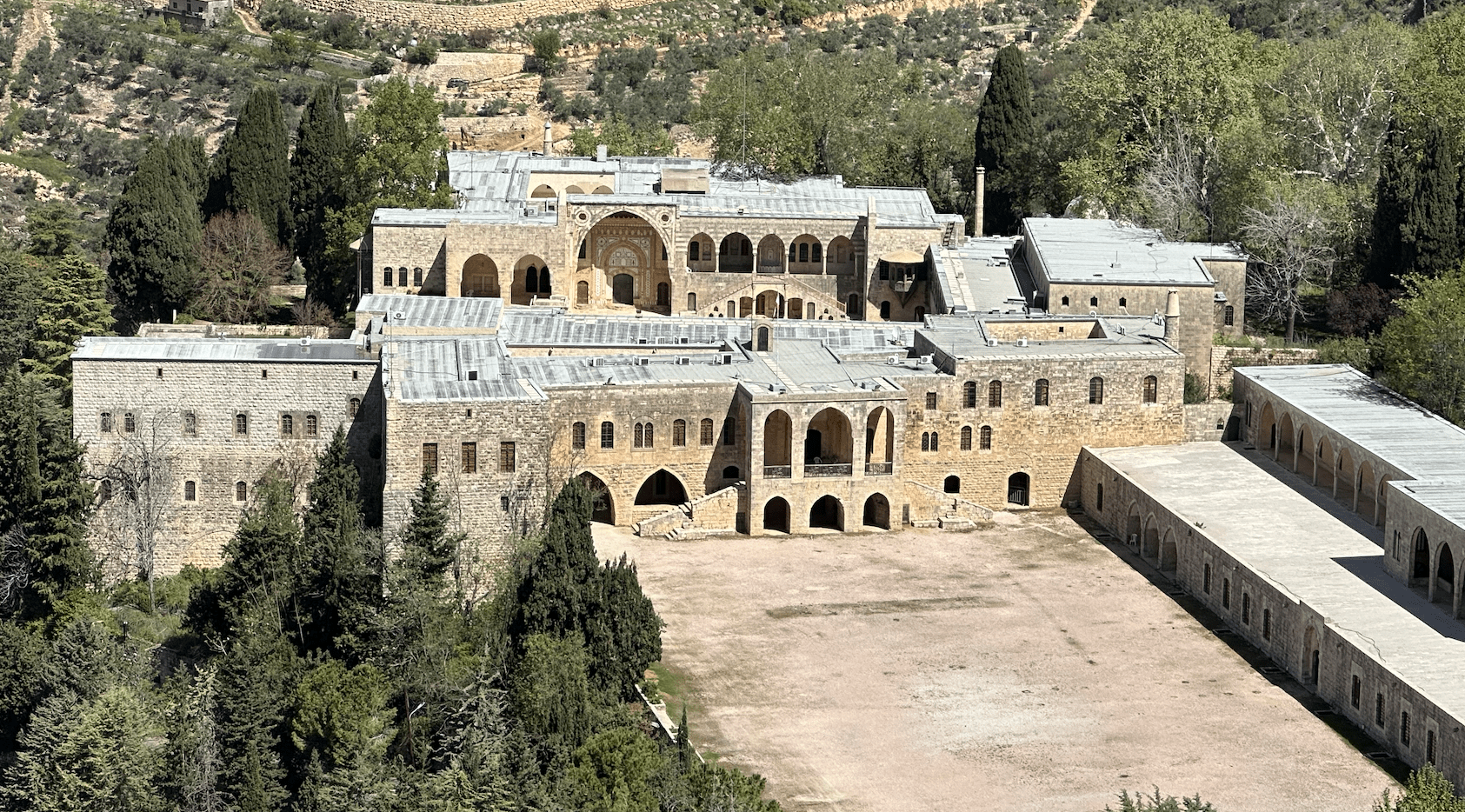 Beiteddine Palace
Beiteddine Palace 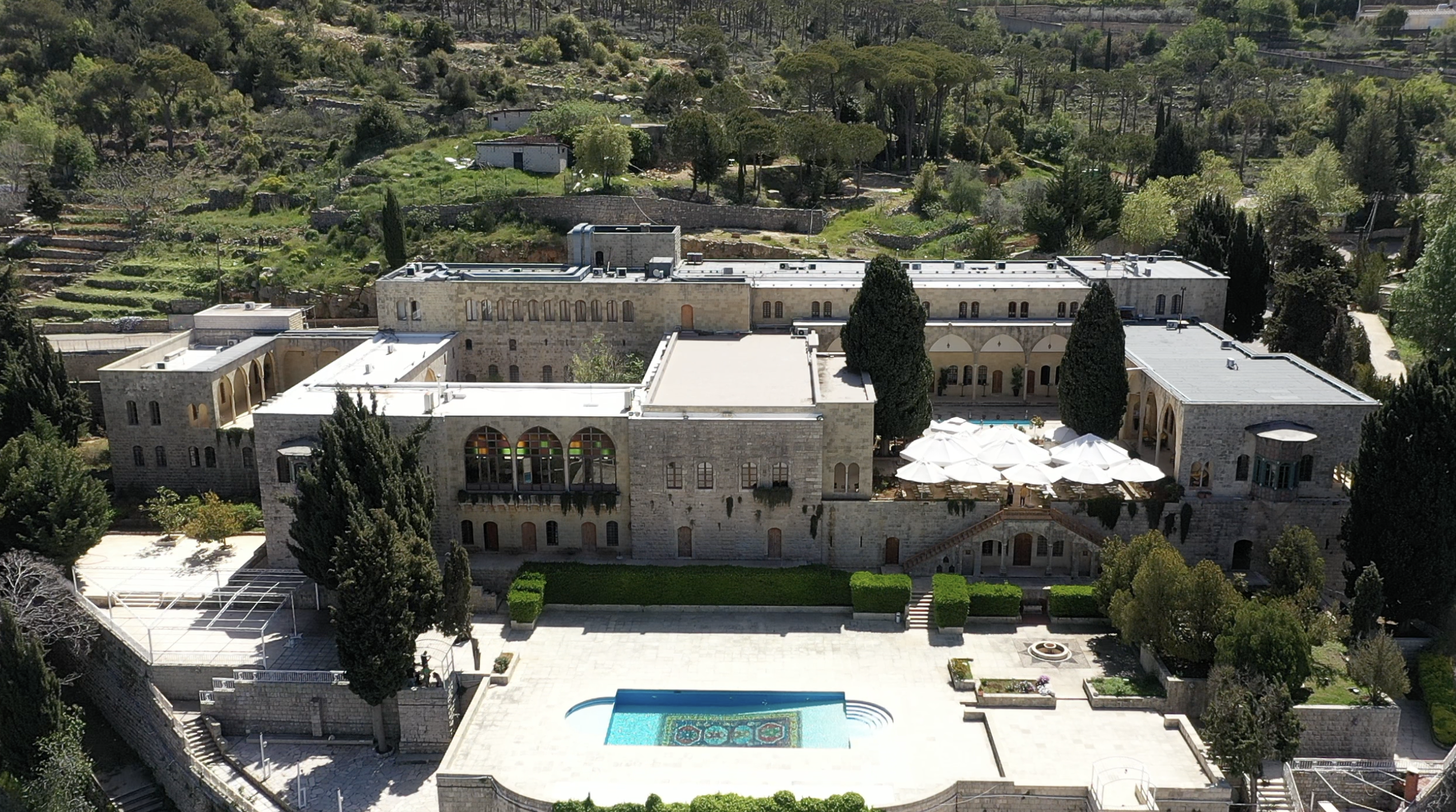
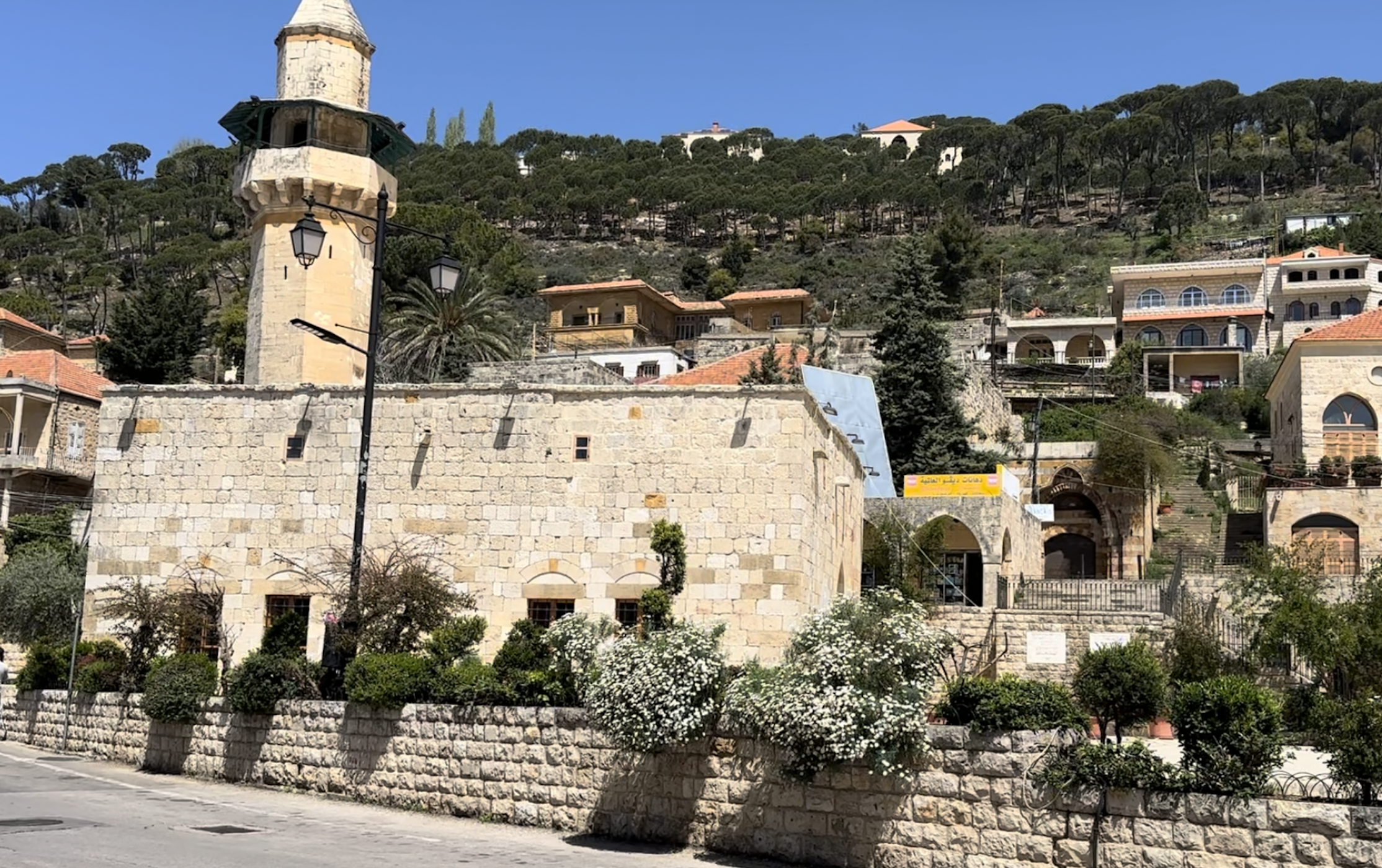
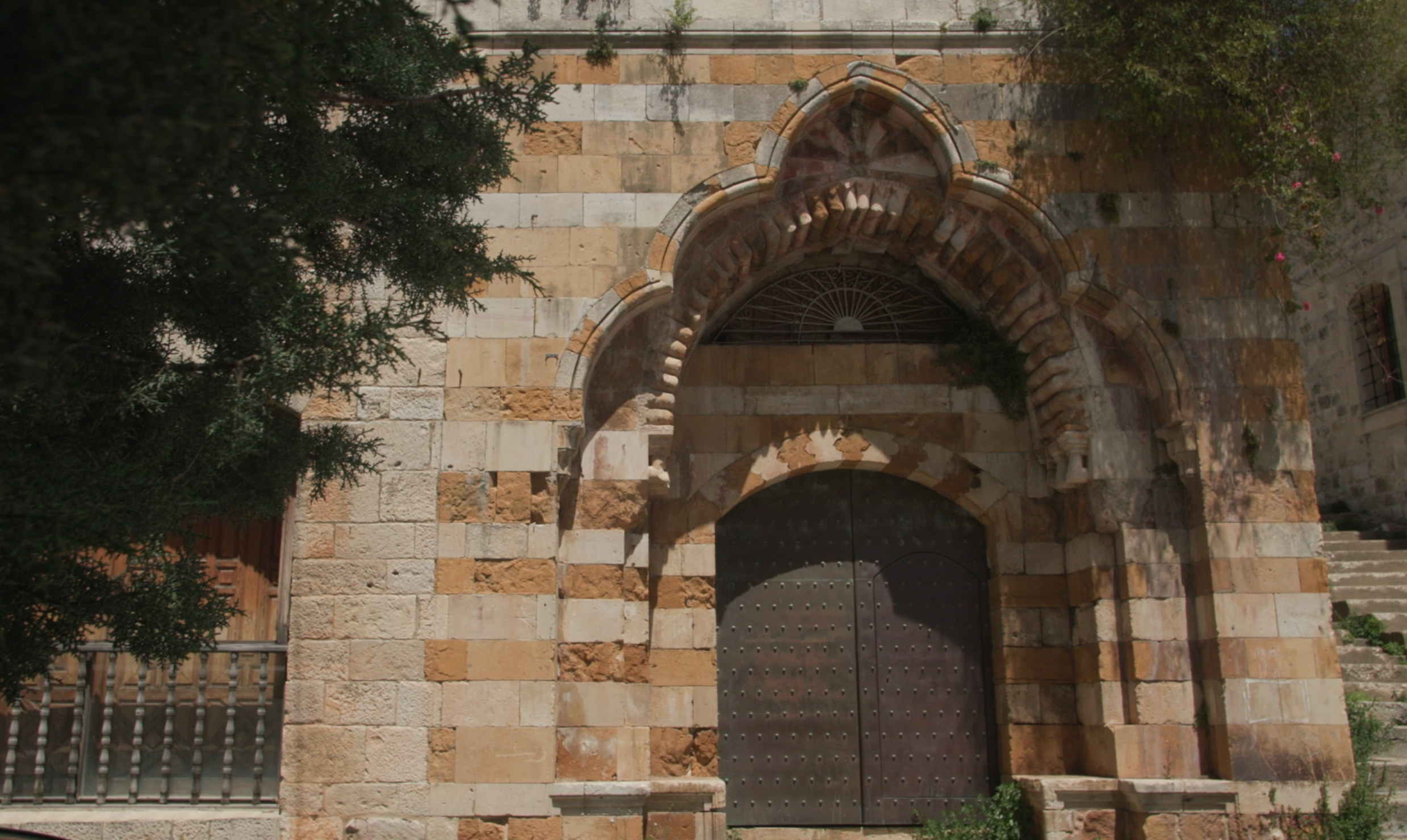
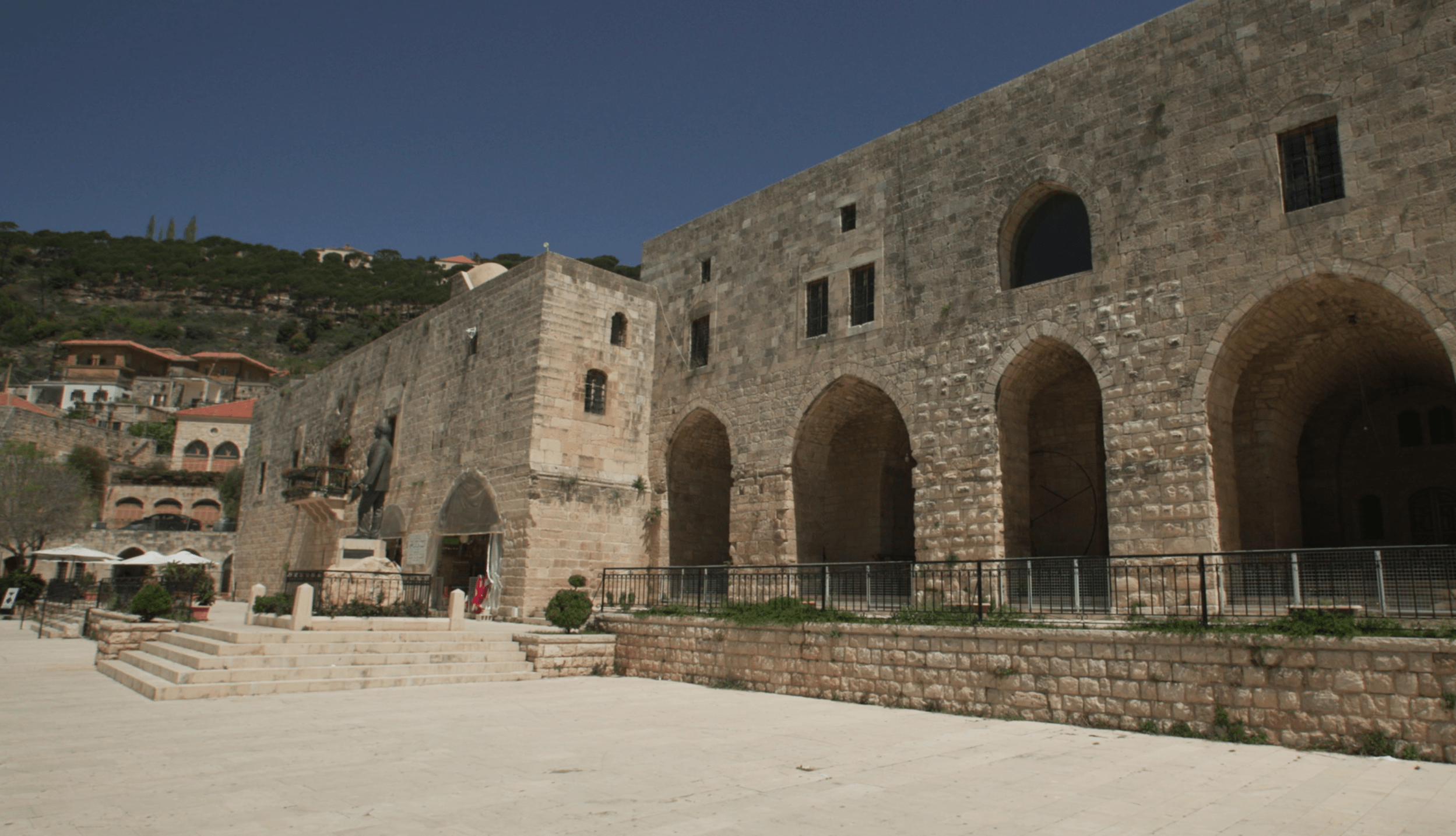
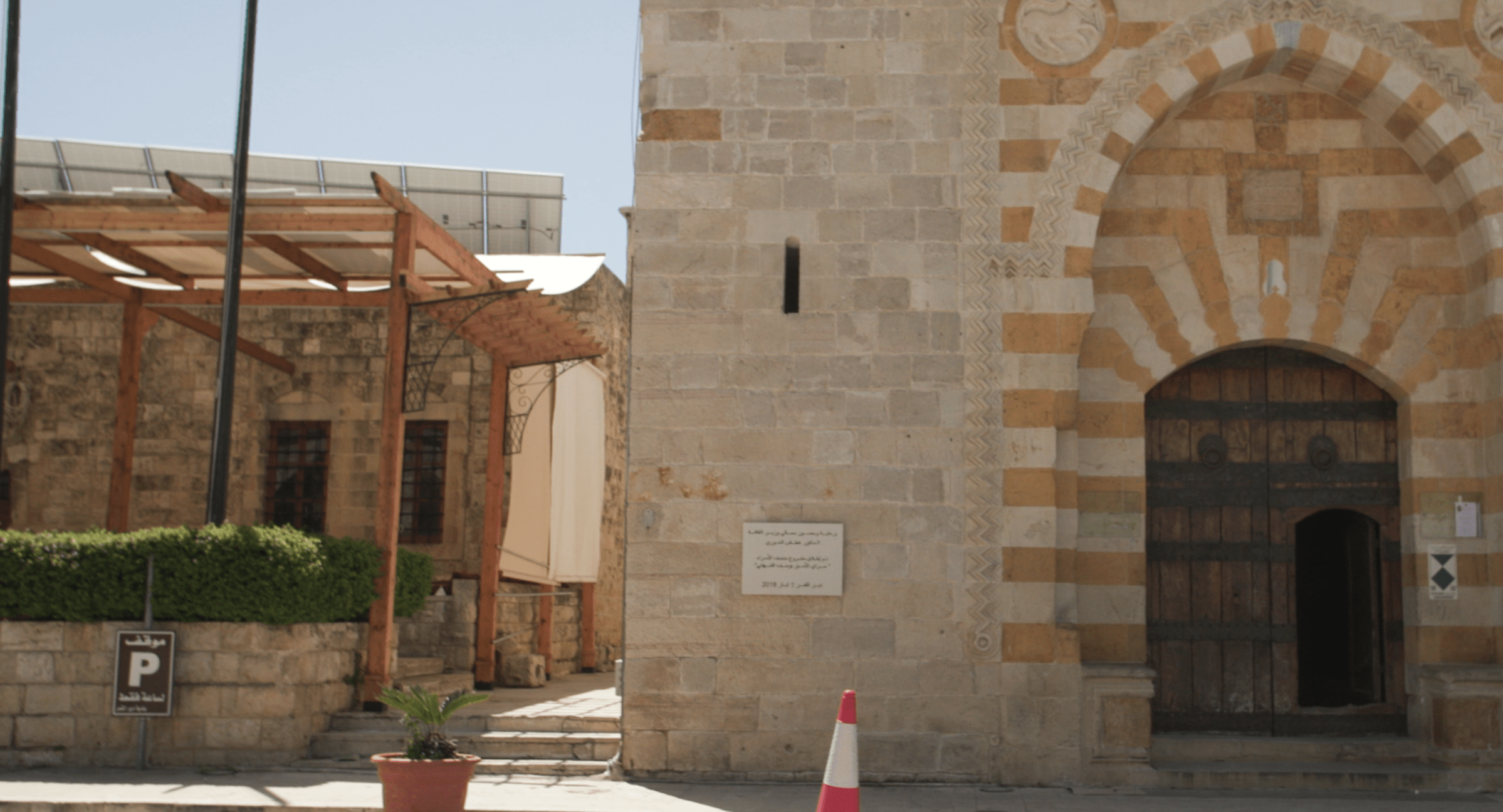
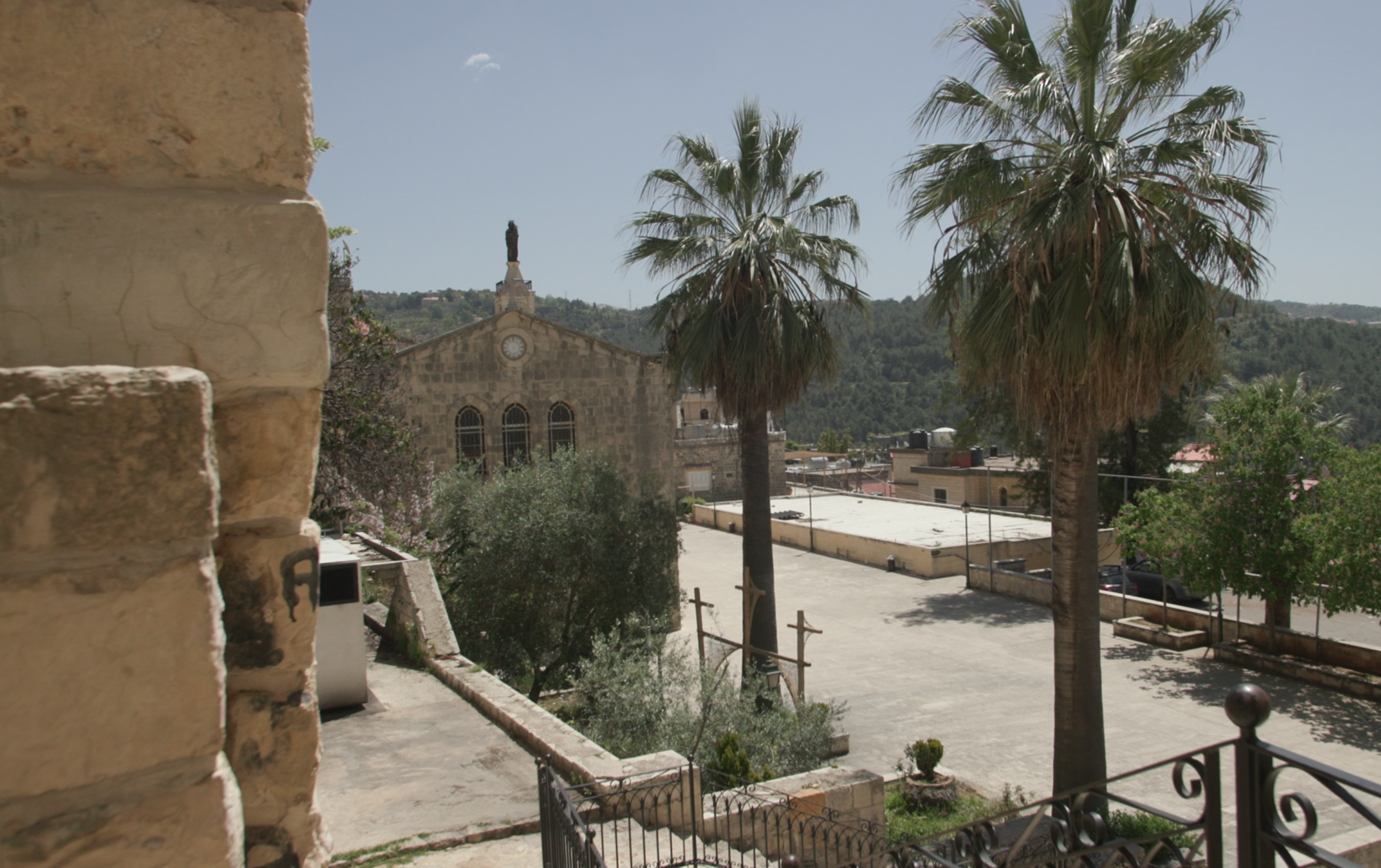
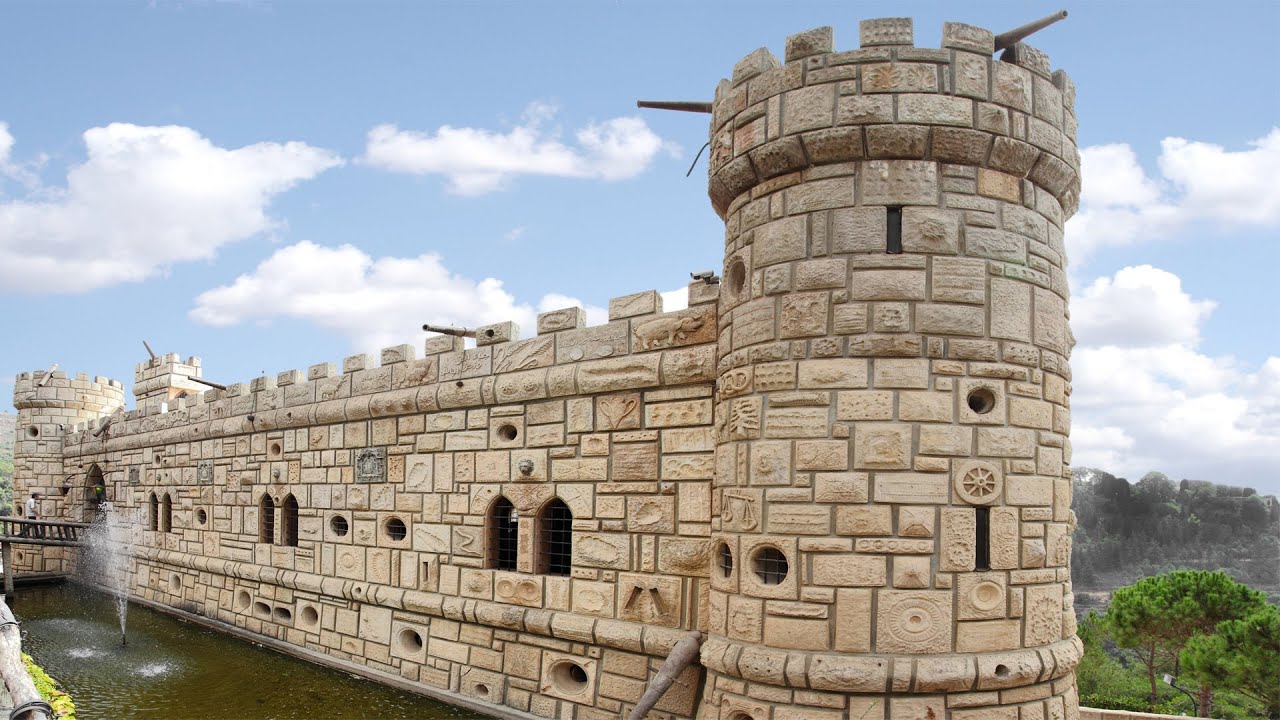 Moussa Castle
Moussa Castle 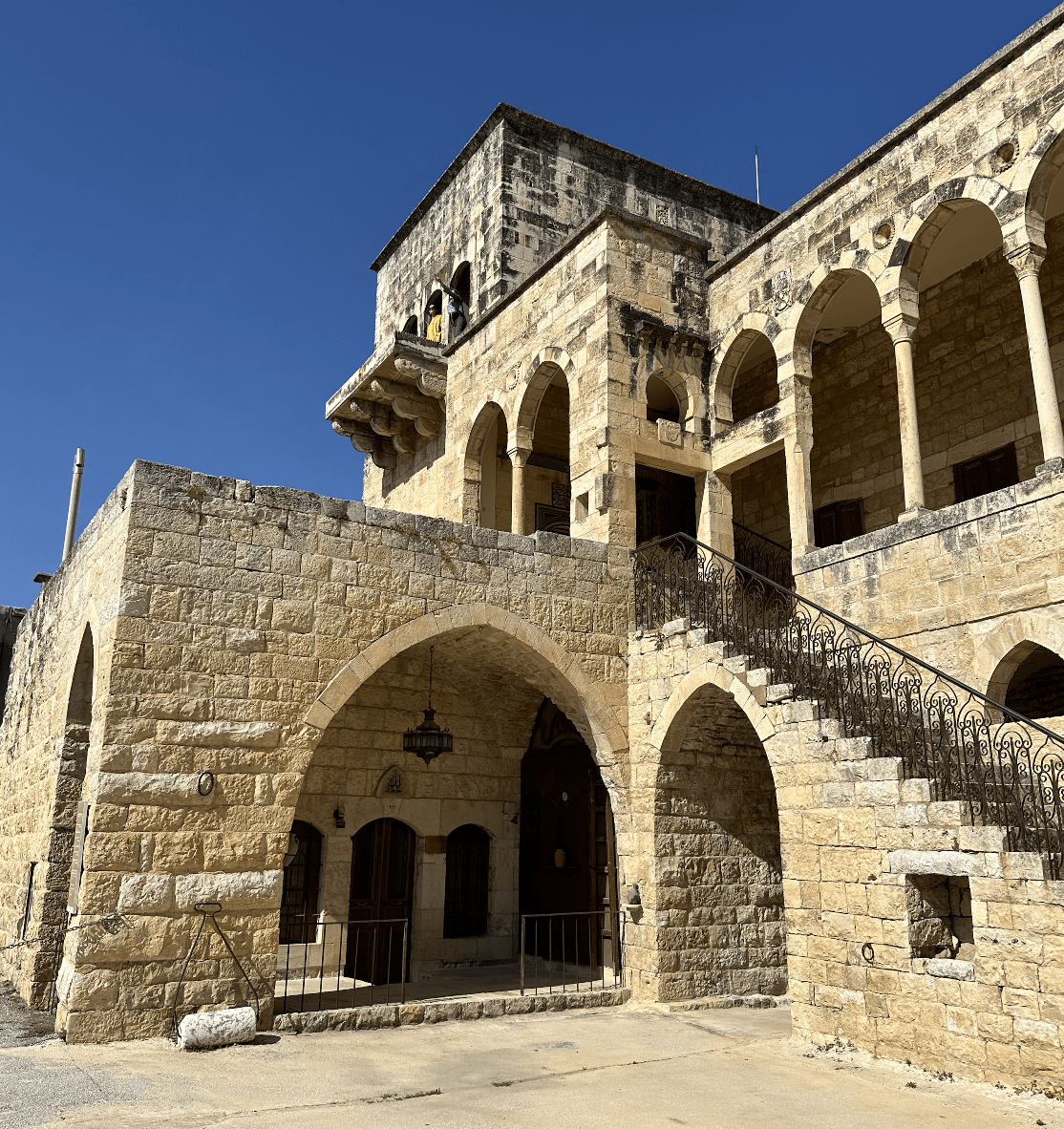
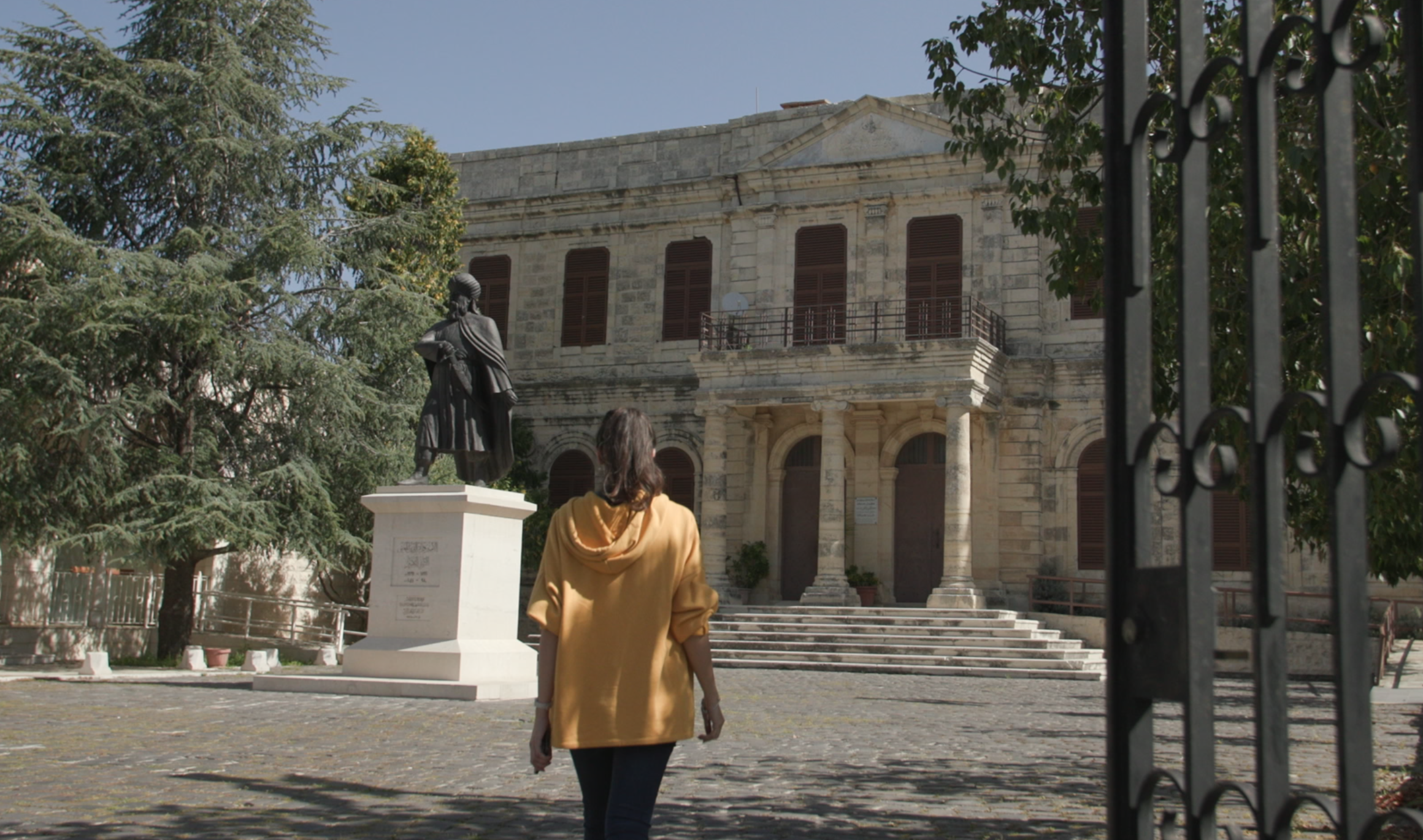 The National Library
The National Library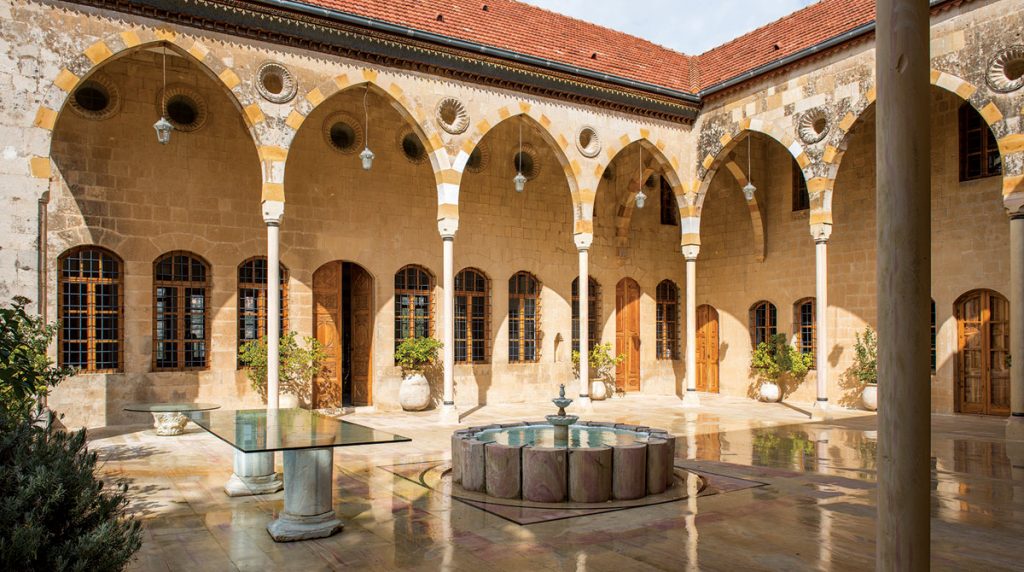 Moukhtara
Moukhtara